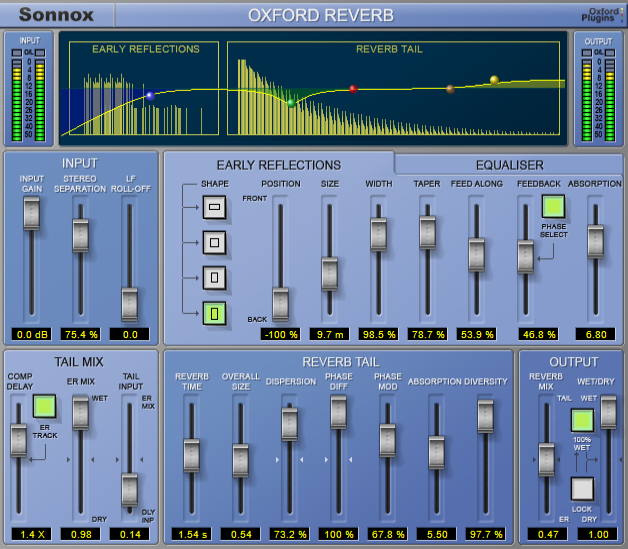
By contrast, many equalisers exhibit ‘proportional Q’ response, where the bandwidth narrows with increasing gain or attenuation, and this can often sound more natural. A multiband dynamics processor also differs from typical dynamic equalisers in that as the amount of boost or cut increases, the bandwidth remains constant.

The crossovers used in a multiband compressor can introduce unwanted and audible phase shifts, and a parametric EQ is more ‘tuneable’ than a simple band-splitting system if necessary, EQ bands can also be made to overlap.

Multiband compressors use crossovers with a slope that is usually fixed, even if the crossover frequency is variable, and process each of the resulting frequency bands separately before recombining them, whereas a dynamic EQ applies the gain change directly to the gain parameters of a multiband parametric equaliser.īoth designs have their pros and cons. Their roles do overlap to some degree, and both work by splitting the signal into multiple frequency bands, but they aren’t identical. The difference between a multiband compressor and a dynamic equaliser is subtle and sometimes misunderstood. Legacy 32-bit support for OS X 10.4.11 - 10.6.As we’ve come to expect from Sonnox, their take on the dynamic equaliser boasts more than a touch of class.VST2 or VST3 compatible application (Cubase, Nuendo, Sequoia etc.).iLok2 / iLok3 required for 64-bit plug-in.(El Capitan supported where confirmed by host DAW manufacturer).Audio Units-compatible application (Logic, Digital Performer etc.).iLok2 / iLok3 required for AAX plug-ins.
#SONNOX OXFORD DYNAMICS AAX MAC WINDOWS#
#SONNOX OXFORD DYNAMICS AAX MAC PRO#

We may use the information collected through cookies to generate statistics about ad performance. Through Microsoft Ads Conversion Tracking, Microsoft and we can track which ads users interact with and which pages they are redirected to after clicking on an ad.

The data is stored anonymously by Google. No personally identifiable information is submitted to Google. We may use the information collected through cookies to compile statistics about ad performance. Through Google Ads conversion tracking, Google and we are able to track which ads users interact with and which pages they are redirected to after clicking on an ad.


 0 kommentar(er)
0 kommentar(er)
